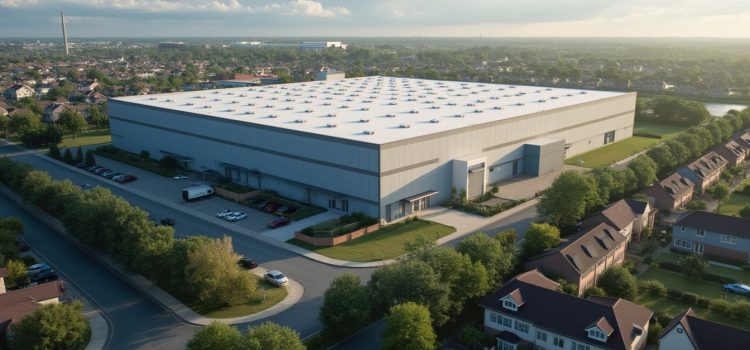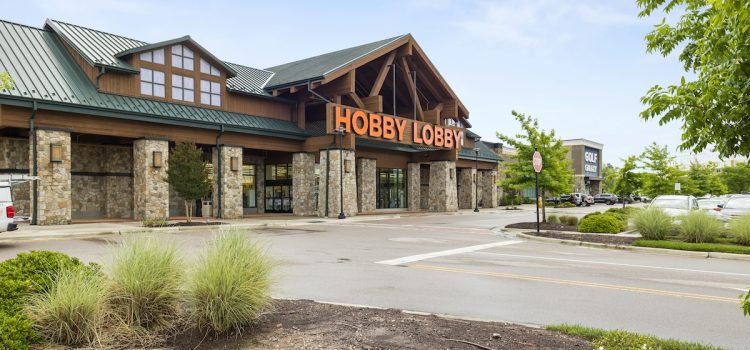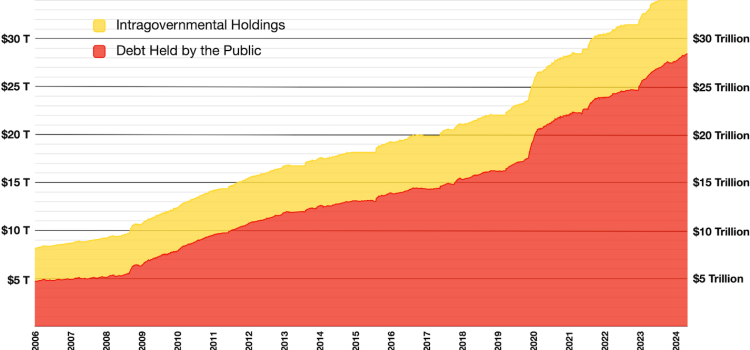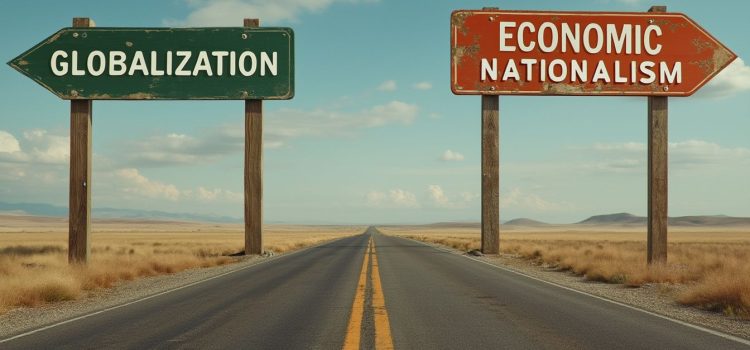What does the path to totalitarianism look like in modern society? How can nations protect themselves from sliding into socialist control? According to Friedrich Hayek, socialism is a danger we need to steer clear of. In his book The Road to Serfdom, he contends that societies can avoid totalitarianism by recognizing and responding to early warning signs. Continue reading to explore Hayek’s essential guidelines for maintaining freedom and preventing the rise of authoritarian control.
Friedrich Hayek on Socialism: 3 Ways to Avoid the Road to Serfdom










